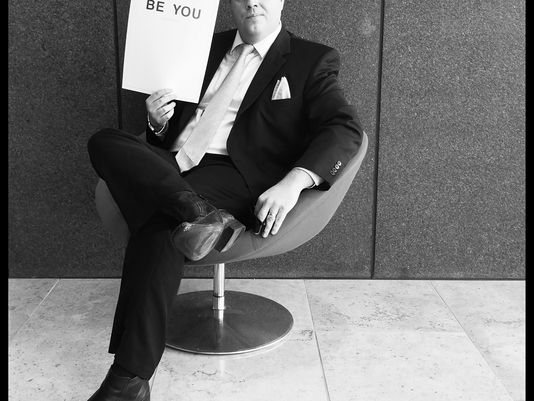As Halloween approaches, I’m reminded of a story I was told growing up–a story that has spread like wildfire and survived the ages. It’s the story of a young child, happily trick-or-treating in his neighborhood and too fixated on his chocolate, sugary boon to care about any potential for harm. As the young child explores his neighborhood, bouncing from home-to-home, he approaches one residence that has opted to hand over candied apples to its trick-or-treaters instead of candy. The young child approaches the home, receives his candied apple in exchange for his promise not to “trick” and then scampers off to his next target home. Later that night, inspecting his bounty, the young child discovers a razor blade in his candied apple–a razor blade that, had he bitten down on it, would’ve caused him serious injury. Those of you reading this are tempted to relegate this story to “urban legend” status, a story designed to scare children into safer Halloween habits. However, I instead encourage you to think about this scenario as a basic, yet well-recognized example, of Products Liability law.
The area of tort law known as Products Liability deals with rights, duties, obligations, and standards associated with the distribution and safety of products. That is, manufacturers are liable for the personal injury or other damage caused by their defective product. Intuitive as it may sound, this was not always the case. Before Louisiana extended this right to injured plaintiffs–the right to seek remuneration for personal injuries caused by defective products–courts often denied injured plaintiffs’ claims due to the legal doctrine of “privity of contract.” Under this doctrine, courts conceived products liability to be a contractual matter, and recovery against the seller was rooted in contractual remedies. Accordingly, this “privity” required that the defendant-manufacturer be a party to the contract of sale in order to provide remedies outside of the law of contracts. Since manufacturers rarely sell their products directly to customers, but instead sell them to retailers who distribute them to the public, manufacturers were often shielded from liability.
Gradually, the conception that products liability was restricted to the realm of contracts started to erode. For example, the Restatement of Torts adopted a provision “providing limited strict liability of the manufacturer of a product for the personal injury damages caused by a defect in the product.” This approach to products liability was later adopted by the Louisiana Supreme Court in Weber v. Fidelity & Cas. Ins. Co. of NY, 250 So. 2d 754 (La. 1971), which provided for manufacturers’ strict liability in tort for their defective/injurious products.
 Louisiana Lawyer Blog
Louisiana Lawyer Blog


